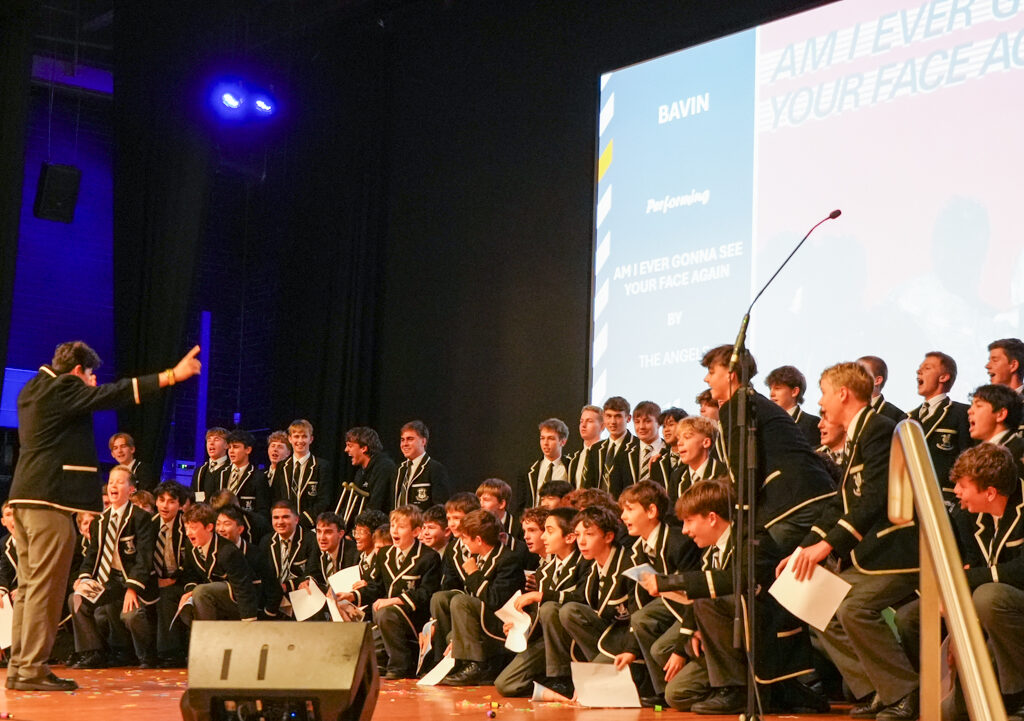The Anxious Generation Part Two: The need for play
I recently wrote about author Jonathan Haidt’s assertion that the online environment creates anxiety. He deals with this depth in his book The Anxious Generation. But it is only one half of his biggest concern. The other is that the online environment is much more dangerous for young people than their real-world community. Despite that, we, as a society, have wrapped our kids in cotton wool in the safer real world while at the same time letting them run amok unsupervised online. This was a ‘gulp’ moment for me as a parent. Haidt phrases it like this: ‘two trends – overprotection in the real world and underprotection in the virtual world – are the major reasons why children born after 1995 became the anxious generation’.
We all want our kids to be ‘resilient’ – even if some of us fight tooth and claw to avoid kids having the experiences that create this resilience (eg missing out on leadership, missing the bus).
But there’s an even better word than ‘resilience’ to describe what children can and should develop to flourish in the real world. It is ‘anti-fragile’. The term was coined by author Nassim Taleb in his 2012 book of the same name. It referred mainly to corporations – but it applies just as easily to children.
First, an explanation of ‘anti-fragility’. A house made of cardboard is fragile. Run a car into it and the house crumples. A house made of titanium is resilient. Run a car into it and the car crumples. But the titanium that makes up the house doesn’t change because of this impact. It just stands there, confident in its resilient titanium-ness.
But imagine a house made of a material where all the energy of the car is distributed through the material as the car runs into it, making the house actually stronger. That house would be anti-fragile. It would be a situation where something difficult has made it sturdier.
Our body’s immune system is anti-fragile, not resilient. The immune system needs bacteria, fungus and parasites to make it work. Without a passing parade of diseases to fight, it would get completely knocked out by a common cold.
In the last few generations, kids’ capacity to play and take risks – the very things that create anti-fragility – has been stripped from them. I am as guilty as the next person. When I was a kid, I walked to school on my own from Kindergarten, crossing two roads. If I had let my kids walk to school in Kindergarten (or Years 1, 2 or 3 or 4) through the deep ‘hood of North Croydon, someone would have called DOCS. I accompanied them to the park until about third or fourth grade – and the park was only across the road. I glared steely eyed at any child on the exceptionally safe play equipment who might challenge my child’s bucolic gamboling.
On the bright side, greater protection has come with greater safety from real risks. Many aspects of the physical world are safer now than they have ever been. For children to stay in ‘discover’ mode and not retreat into ‘defend’ mode, they should be given opportunities for intriguing play that comes with some risk. Scary as it sounds, the risks they look for – analysed by Ellen Sandseter and Leif Kennair – include heights (climbing trees), speed (swings), tools (hammers), rough and tumble (wrestling) and disappearing (hiding, wandering away). Navigating these, accepting minor injuries (like cuts and falling off the bike) and avoiding major injuries are part of creating anti-fragility.
It turns out kids do best with some psychological ‘anti-fragility’ as well. Some parts of society are trying to protect kids too much from psychological grit. Australian psychologist Nick Haslam has written about ‘concept creep’ – the expansion of psychological harms for young people downwards (to more trivial cases) and outwards (to new phenomenon). People used to feel ‘unsafe’ walking down a dangerous alley; now people can claim to be unsafe hearing a world view that disagrees with their own. ‘Trauma’ is now not just living in a war zone but potentially watching footage of one. While remaining kind, sensitive and thoughtful (and intolerant of bullying and victimisation), we can also develop children’s anti-fragility by empathetically minimising a child’s sense of deep indignation at some of the minor vicissitudes of life.
At a school level we continue to provide challenging, character-developing activities while also keeping people safe. Our excursions and camps regularly push people. Our Eungai Creek campus is a new development for Year 9 that strives to get the balance right. We want students to feel some uncomfortableness (being away from home and tech, spending a night in a tent with a student they don’t know very well, going to the local preschool to play with the three year olds, telling 20 people around a campfire what they are grateful for) – but we are not at all interested in the typical ‘endurance’ elements of a more traditional wilderness experience. We hope the boys return from the camp more empathetic, mature and anti-fragile people as a result of the experience.
I hope that at home you can put together activities and experiences that increase their anti-fragility by embracing challenge and risk in the real world.
These could include (in an age-appropriate way) letting kids out of your sight for longer periods, encouraging age-appropriate walking to school or catching the train in a group, going camping or letting them camp. Also, consider letting kids develop games in which they make up, negotiate and abide by their own rules. This should all be done with the appropriate guardrails in place but with the aim of developing their anti-fragility.
All of it, to come back to Haidt’s point, helps pull them away from the underregulated, disembodied and problematic virtual world that is creating so much anxiety. To finish with his main point: ‘two trends – overprotection in the real world and underprotection in the virtual world – are the major reasons why children born after 1995 became the anxious generation.’ This doesn’t have to be the case with our own children.
Later this week I will write to you once more about phones in particular and some practical things that can be done about them.



